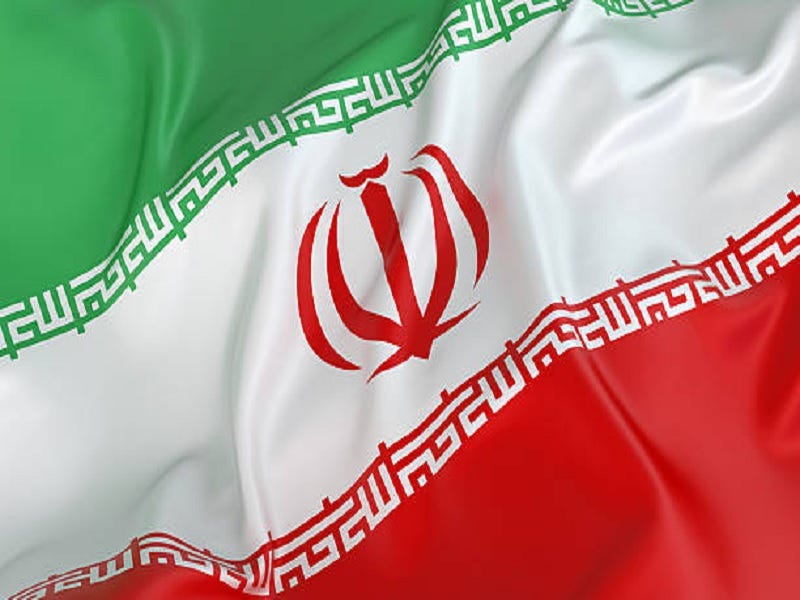Iran’s Quickly Becoming The Core Of Eurasia’s Multipolar Connectivity Projects
Iran’s role as the core of Eurasia’s multipolar connectivity projects means that Russia, India, and China will all have to take it into account when coordinating their strategies towards the supercontinent.
Iran’s strategic location at the crossroads of Central Asia, Eastern Europe, South Asia, the South Caucasus, and West Asia imbues it with unparalleled geo-economic potential so it’s only fitting that its visionary leadership has sought to turn the Islamic Republic into the core of Eurasia’s multipolar connectivity projects. Its 25-year strategic partnership with China that was clinched last year establishes it as a crucial node in Beijing’s Belt & Road Initiative (BRI), which is why these Great Powers are jointly pioneering an overland corridor through the Central Asian region that sits between them. Additionally, Iran’s recent hosting of the Kazakh and Turkmen Presidents shows how seriously it’s taking their region.
East-West connectivity through BRI isn’t the only transcontinental integration that Iran’s presently pursuing since it’s also smack dab in the middle of the North-South Transport Corridor (NSTC) between Russia and India. The Islamic Republic dispatched its Foreign Minister to that South Asian state earlier this month on the same day that its leader called his Russian counterpart, which strongly suggests that these three Great Powers are coordinating the joint creation of a third pole of influence in the emerging Multipolar World Order. Iran also recently invited Foreign Minister Lavrov to visit later this summer and its trade delegation just participated in the Saint Petersburg International Economic Forum (SPIEF).
The Chairman of the Board of the Eurasian Economic Commission revealed on Friday that his Russian-led bloc is making progress on negotiating free trade pacts with India and Iran, which would strengthen their trilateral cooperation upon completion. Coupled with Iran’s growing trade ties with China and thus also Central Asia due to the overland corridor that they’re jointly pioneering through that region, it’s clear that the Islamic Republic is poised for an economic boom sometime in the coming future. Not only that, but it’s also becoming the convergence point between Eurasia’s top three multipolar Great Powers: Russia, India, and China, which collectively cooperate through the RIC platform.
This observation raises the odds that they might eventually incorporate Iran into that structure to expand RIC into RIIC or RICI for example. After all, it would make perfect sense since their geo-economic interests increasingly align in the Islamic Republic. Moreover, Iran’s role as the core of Eurasia’s multipolar connectivity projects means that they’ll all have to take it into account when coordinating their strategies towards the supercontinent. Simply put, Iran is becoming too important to be left out of such discussions nowadays since it’s an integral engine of multipolarity by virtue of its geo-economic significance.
Enhanced trade ties with Eurasia’s top multipolar Great Powers will improve living standards inside Iran with time, which will in turn reduce the prospects of external forces conspiring with domestic demagogues to manipulate people into rioting against the government. It might also lead to some socio-cultural changes too as Iranians begin interacting more with their Russian, Indian, and Chinese peers whether through trade, travel, or studies. Altogether, everything’s coming together impressively well for Iran as its leadership gradually advances their grand strategic vision for turning the Islamic Republic into one of multipolarity’s most pivotal players by leveraging its unparalleled geo-economic potential.


